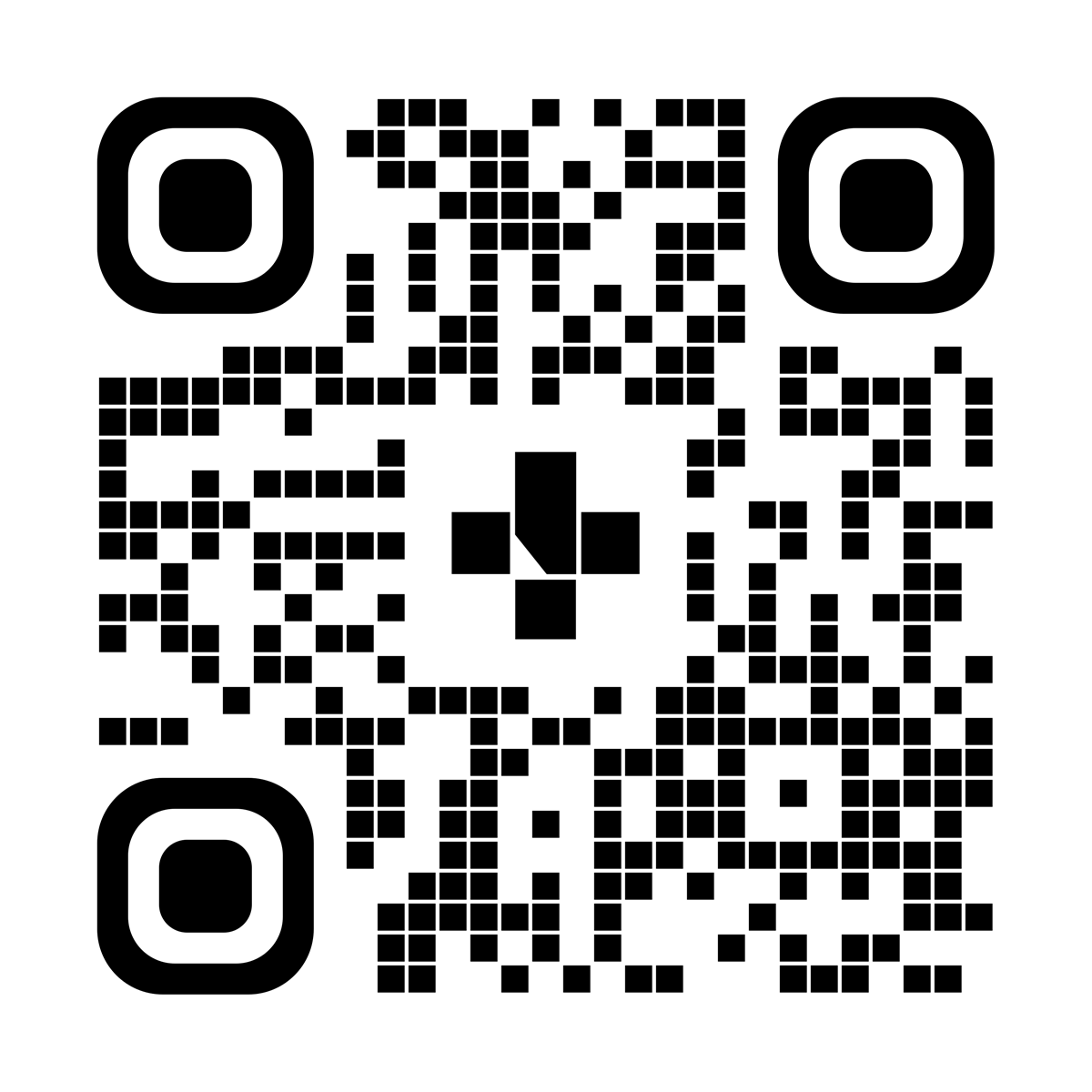Your Child’s Equipment
24-hour position management
Why is 24-hour positioning important?
We all naturally move between different positions every day. Children with limited mobility or complex physical disabilities may be unable to change their position on their own. This increases their risk of having physical changes to their bones (postural deformities). It can also impact breathing, digestion, and cause joint problems.
As children with complex physical disabilities grow and develop, they are at a higher risk of losing function and mobility. This can start to make things like dressing and bathing more challenging. Using different positions throughout the day can help to improve this.
Benefits of 24-hour position management
24-hour position management helps to:
- prevent muscles and tendons from tightening up in specific postures
- promote good bone health and development
- maintain flexibility in a variety of positions for daily activities like dressing and bathing
When should I change my child’s position?
It’s recommended that you change your child’s position every 2 hours. This can be challenging if they’re in school. It’s important to work with teachers, assistants, and other caregivers to make a plan that works.
A seated position will continue to be much of your child’s day. Even 30 minutes in an alternate, non-seated position will help your child.
Equipment to support position management
- wheelchairs
- activity chairs
- walkers and gait trainers
- beds
- feeder seats
- toilet seats
- shower commodes
- standing frames
Alternate positions
Changing position from sitting to an alternate, non-seated position every 2 hours is best. Encourage your child to spend time in these alternate positions throughout their day:
- lying on their back
- lying on their tummy
- sitting in a supported chair
- standing with supportive equipment
- lying on both their right and left sides
- moving with supportive equipment
24-hour position management plan
It can be hard to get time in each of the positions every day. Here are some tips to help get you started with 24-hour position management for your child.
- Have a schedule for the day. This helps all caregivers support the plan.
- Use specific positions for specific activities. This routine will help your child know what to expect.
- Aim for 30 minutes at a time in each non-seated position. This will be specific to what your child can tolerate. You can gradually increase the time spent in these non-seated positions when first starting out.
- Avoid going from one seated position into another seated position when possible.
- Work with your healthcare team if your child needs additional support for sleeping.
- Below is an example of a 24-hour positioning schedule for a child. Here is a printable template you can use at home to create your own customized schedule.
| Time | Location | Position | Equipment |
|---|
8:00 to 10:00 a.m. | home to school | sitting | wheelchair |
10:00 to 10:30 a.m. | school | standing | standing frame |
10:30 a.m. to 12:30 p.m. | school | sitting | supported floor sitter |
12:30 to 1:00 p.m. | school | standing | gait trainer |
1:00 to 3:00 p.m. | school to home | sitting | wheelchair |
3:00 to 4:00 p.m. | home | lying on tummy or lying on side | floor time using pillows as needed |
4:00 to 6:00 p.m. | home | sitting | wheelchair |
6:00 to 6:30 p.m. | home | sitting | bath seat |
6:30 to 8:00 p.m. | home | sitting | lounge chair |
8:00 p.m. to 6:00 a.m. | home | lying on back or either side | sleeping check position before parent or caregiver goes to sleep |
When should you call for help?
If you want information about 24-hour position management specific to your child, please talk with a pediatric occupational therapist or pediatric physiotherapist.
To see this information online and learn more, visit MyHealth.Alberta.ca/health/aftercareinformation/pages/conditions.aspx?hwid=custom.ab_equipment_24hr_position_child_inst.

For 24/7 nurse advice and general health information call Health Link at 811.
Current as of: March 1, 2024
Author: Pediatric Rehabilitation Services, Alberta Health Services
This material is not a substitute for the advice of a qualified health professional. This material is intended for general information only and is provided on an "as is", "where is" basis. Although reasonable efforts were made to confirm the accuracy of the information, Alberta Health Services does not make any representation or warranty, express, implied or statutory, as to the accuracy, reliability, completeness, applicability or fitness for a particular purpose of such information. Alberta Health Services expressly disclaims all liability for the use of these materials, and for any claims, actions, demands or suits arising from such use.
